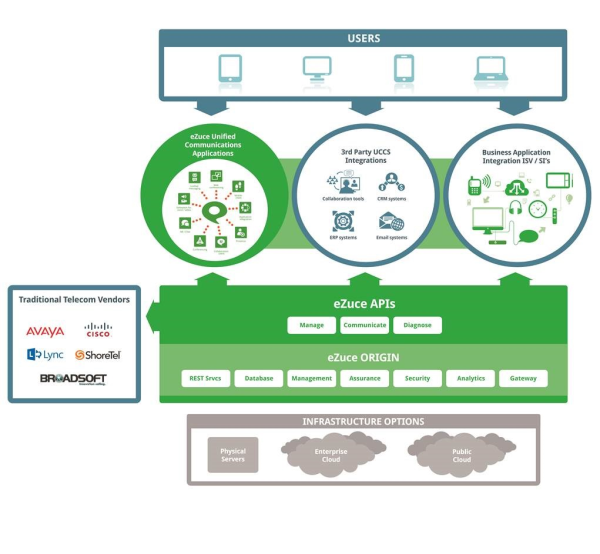Anyone who operates a business knows that there are certain challenges that confront any enterprise: keeping customers content, making sure employees are doing their jobs, guaranteeing that all legal and regulatory requirements are being met. For those companies that are considered “small businesses” – a term that is defined differently depending on industry category and based on revenues and/or number of employees – some of these challenges are even more pronounced. That’s because while small businesses typically must contend with some of the same issues that confront their larger counterparts, these small enterprises usually must do so with more limited financial and human resources.

Although the term “small business” can refer to a wide array of industries with various stakeholders and strategic priorities, most small businesses do share similar challenges:
- Ensuring customer service quality: Are agents, salespersons, or other personnel providing the right level of service so that customers are satisfied?
- Ensuring optimal operational performance: Are employees doing their jobs as they should – or is their workflow hampered or interrupted? Put another way: Are you optimizing the volume and level of work your employees are delivering?
- Ensuring regulatory compliance: For businesses operating in industries that fall under PCI-DSS (Payment Card Industry Data Security Standard) or HIPPA (Health Insurance Portability & Accountability Act) regulation, for example, are you sure that proper procedures are being followed to ensure compliance? Fines for noncompliance with these regulatory requirements can be steep and sometimes devastating for a small business.
Fortunately, there is a solution to help small businesses address these challenges: call recording software. Call recording can enable managers in your organization to monitor recorded calls between your customers and your staff. Managers and supervisors can then listen to these calls to ensure that all three of these priorities – service quality, optimal operational performance, and regulatory compliance – are being met. In addition, managers can review these recorded interactions with an eye towards improvement, to help find ways to further enhance service, improve operational performance, and increase compliance.
Small business owners may be intimidated by call recording systems because they fear they’re too complex to implement, learn, and manage. But they don’t have to be. In fact, there are call recording solutions that:
- Can be remotely downloaded and installed in less than 30 minutes
- Require no maintenance, special hardware, or technical expertise
- Can be learned and used in just minutes
What’s more, today’s call recording solutions are very affordable: What once cost tens of thousands of dollars can be purchased for just a fraction of that cost, an important consideration for organizations on a fixed budget. For those small businesses evaluating a call recording solution, look for systems that require:
- A small upfront or monthly fee
- No implementation costs
- No professional services and maintenance support
- No formal training
If you’re a small business, the question isn’t whether or not you need a call recording system to help you address your business goals. The question should be: Where can I find an easy to use, affordable one that meets my specific needs?










 We hear all the time that small businesses comprise the backbone of the U.S. economy. The truth might be even more staggering than you think: According to the U.S. Census Bureau and the U.S. Small Business Administration, small businesses make up 99.7 percent of U.S. employer firms and are responsible for roughly half of the country’s economic output. What’s more, the SBA’s Office of Advocacy reports that small firms accounted for 63 percent of the net new jobs created between 1993 and mid-2013, with small firms in the 20-499 employee category leading in job creation.
We hear all the time that small businesses comprise the backbone of the U.S. economy. The truth might be even more staggering than you think: According to the U.S. Census Bureau and the U.S. Small Business Administration, small businesses make up 99.7 percent of U.S. employer firms and are responsible for roughly half of the country’s economic output. What’s more, the SBA’s Office of Advocacy reports that small firms accounted for 63 percent of the net new jobs created between 1993 and mid-2013, with small firms in the 20-499 employee category leading in job creation.

